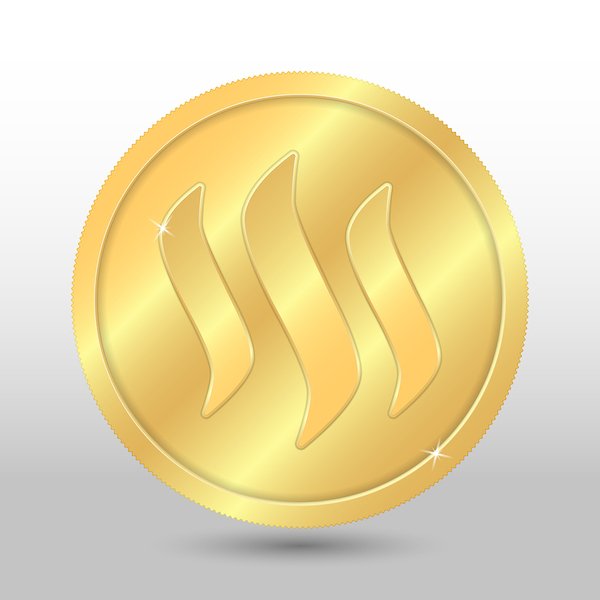Steem vs. IOTA: A Comparative Guide

IOTA (MIOTA) has been in operation since June 2014, and defines itself as "Next Generation Blockchain". Its main selling point is it has no transaction fees.
IOTA differs from other digital currencies as it does not use a blockchain structure to store transactions. It instead uses Tangle, a directed acyclic graph (DAG) method, to record its transactions.
Steem (STEEM) entered the digital currency world in 2016 and has enjoyed quick success in its short period of existence. This is a result of its highly successful social media platform, Steemit.
Steem uses this platform to reward its users with the Steem currency once they contribute on the network.
This article takes an in-depth look at IOTA and Steem, and how they are performing in the market.
|
|
IOTA
|
Steem |
| Utility
|
Peer-to-peer payment | Reward for contributing to Steemit platform |
| Circulating Supply | $2.7 billion
|
Above $250 million |
| Total Supply | $2.7 billion
|
$268 million |
| Community | Large | Large |
| Market Capitalization | Just over $3 billion
|
Just over $500 million
|
| Daily Trading Volume | Just over $32 million
|
$2.3 million |
| Public Awareness | Low | Low |
Utility
IOTA uses peer-to-peer payments on its Tangle Ledger. The idea behind Tangle is to eliminate the mining costs associated with other currencies.
In place of this, transactions on the IOTA network are used to confirm previous transactions. As a result, microtransactions are then made free of charge.
Like IOTA, Steem too provides a peer-to-peer payment option for its holders. However, Steem does not just exist as a digital spending currency. It encourages Steemit users to contribute to the platform by paying them in Steem.
Supply
According to CoinMarketCap, IOTA has a circulating supply of just under $2.8 billion. This is also the coin's total supply limit, which has been hit.
In comparison, Steem's circulating supply is hovering above $250 million, with its total supply just over $268 million.
Community
IOTA is currently just outside the top ten of global coin ranking at number 12. This represents impressive growth since its creation as an ICO in late 2015.
The popularity of Steemit has provided Steem with a community of users that continues to grow. The social media network is well known among investors and is growing globally.

Market Capitalization
According to CoinMarketCap, IOTA has a market capitalization at just above the $3 billion mark. In comparison, it shows Steem with a market capitalization of just over $500 million.
Daily Trading Volumes
At the time of writing, Steem had a trading volume of $2.3 million. CoinMarketCap currently shows IOTA with a 24-hour trading volume of just over $32 million.
Public Awareness
While IOTA and Steem are both unique and popular digital currencies, the public awareness surrounding them are low. Like their competitors, they have a lot of ground to cover to catch up with bitcoin.
The Takeaway for Investors
IOTA's innovative method of storing transactions helps it stand out among other currencies. With the bitcoin network continuing to grow, so too will its congestion and transaction fees. In contrast, the IOTA tangle allows for more transactions to be covered, while also adding an air of confidence through its user verification process.
Similarly, Steem also offers an innovative feature that helps it stand out from other currencies. The Steemit userbase continues to grow, and in return, so does the supply of Steem currency.
If you would like to keep up to date on all the best-performing currencies, sign up for the Bitcoin Market Journal investor newsletter today!
IOTA's main goal will be Machine to Machine payment method. Steem also use by people. I guess Both crypto have got different goals
Very interesting comparison, as both coins look like opposition to each other from functional concept (Blockchain/Tangle, POW/POS) as well as intended usage (IOT, human users) and still they are trying to solve similar issues.
Interesting post. I love and own both, so I'm torn. LOL Do I have to choose one?